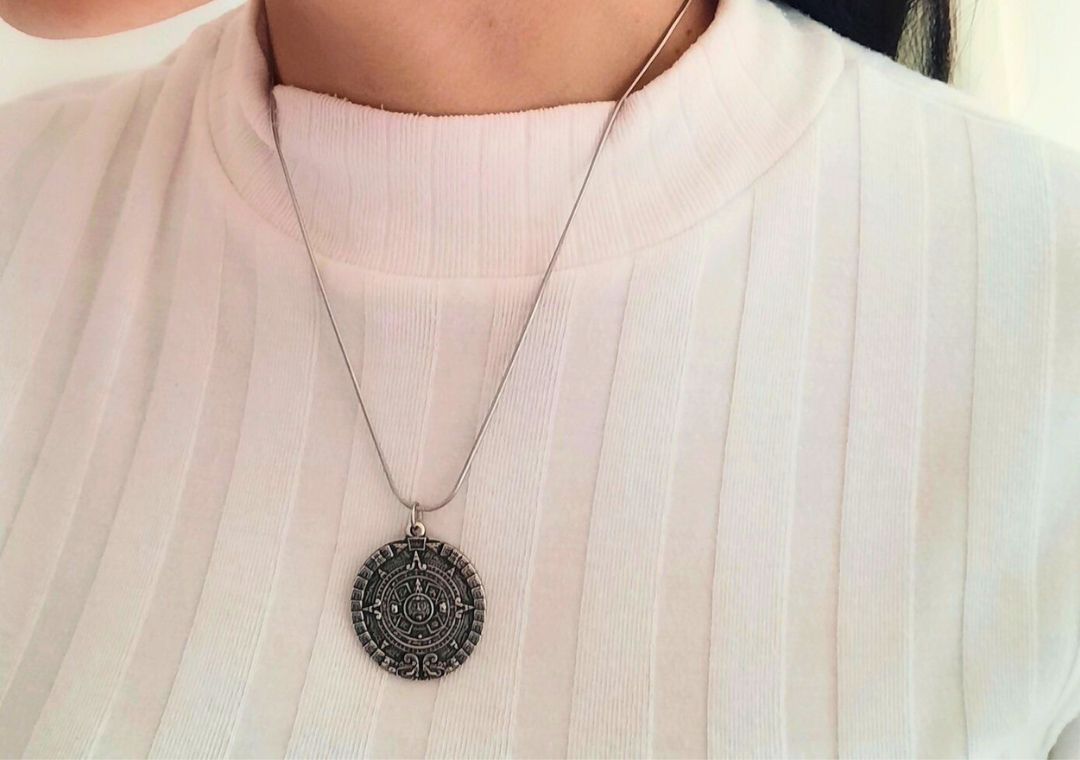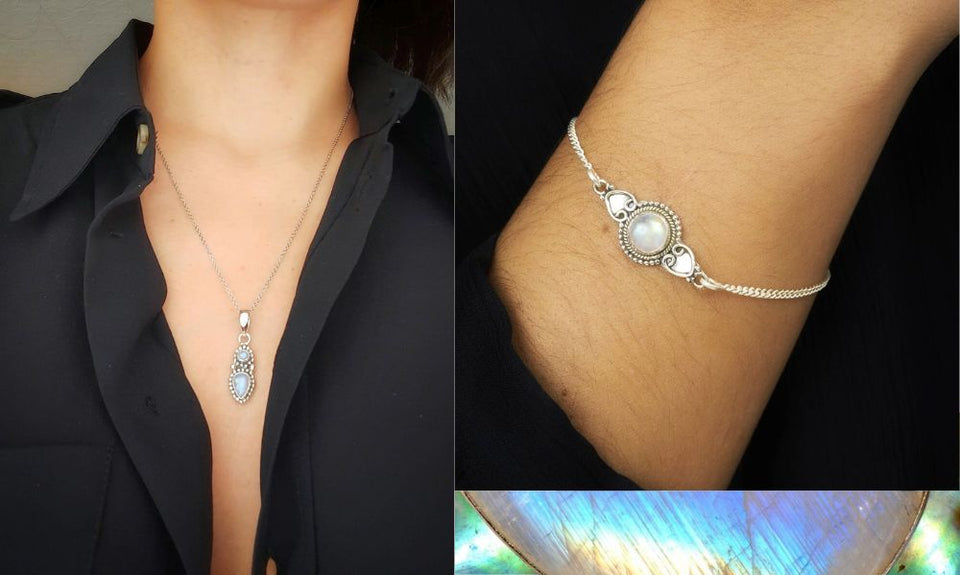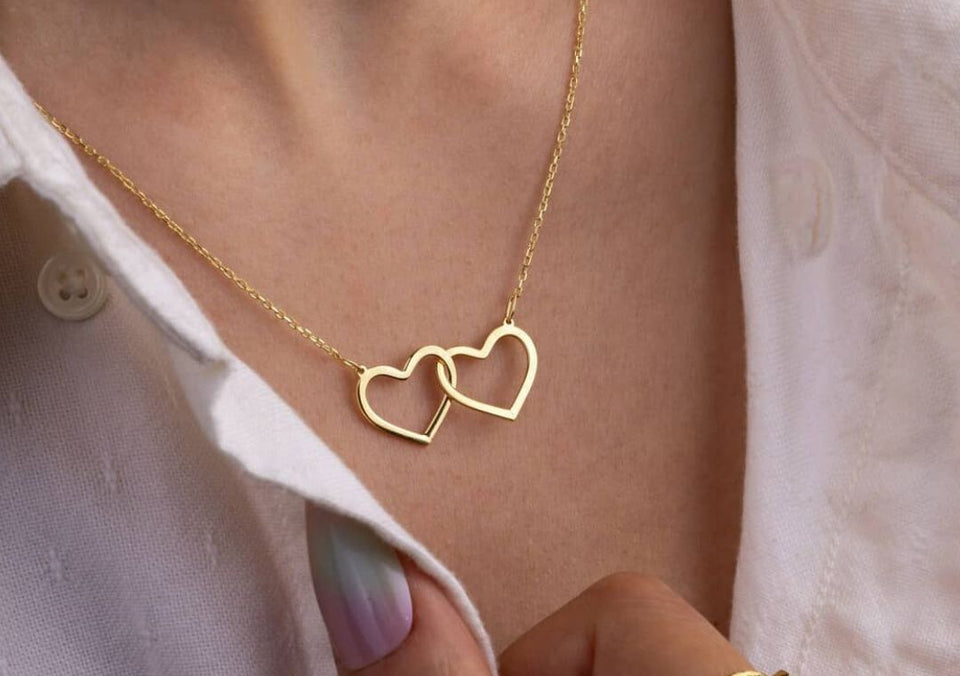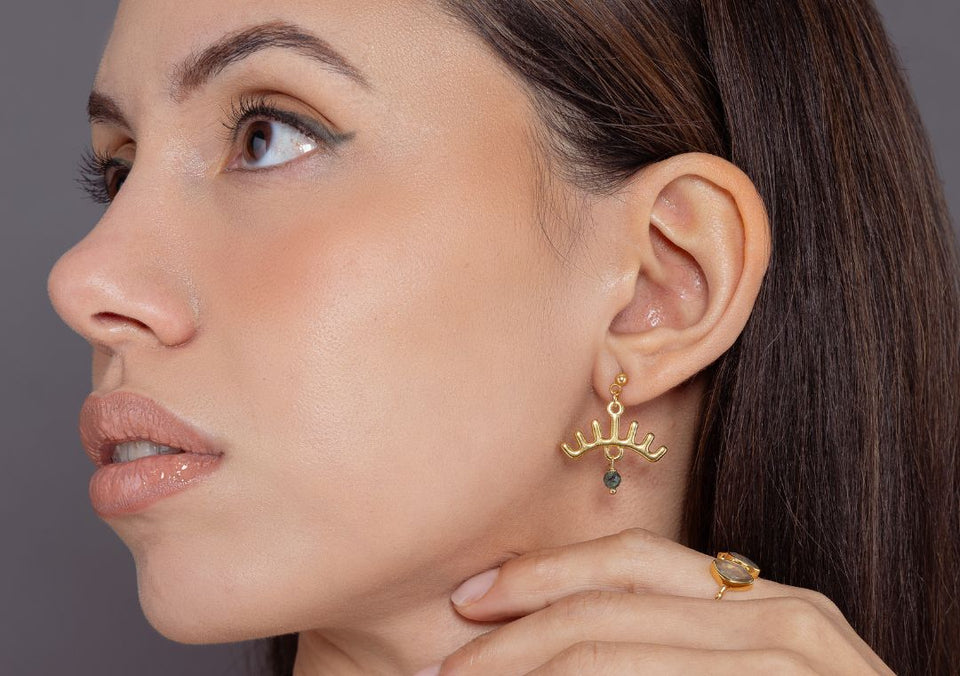Ethnic jewelry
-
The Tuareg crosses are the most representative symbol among their handcrafted pieces, which are very present in Tuareg necklaces, pendants, and earrings. The overwhelming majority of these pieces are made of brass and silver, whose printed designs are geometric shapes, the meaning of which depends on the Tuareg tribe to which they refer.
-
Suddenly, the high culture of the Maya disappeared. This mystery remains unsolved to this day – despite the deciphering of many glyphs. Most researchers essentially lean towards a combination of three factors: war, exploitation, and drought.
-
When these Buddhist monks traveled the Silk Road, they brought Buddhism to other countries through an ancient network of trade routes that connect East and West. They carried mandalas with them and introduced the practice of painting these spiritual compositions to other parts of Asia, which emerged in the 4th century in regions such as Tibet, China, and Japan.
-
The history of jewelry from Greece The experienced artisans of beauty The Greeks of ancient Greece renounced conventional jewelry and thus became skilled craftsmen. As the Greeks were passionate admirers of the beauty of the human body, their jewelry pieces...
-
History of Indian Jewelry The popularity of the art of Indian silver jewelry in the 20th century can be attributed to a Navajo ("people coming from under the earth") named Atsidi Saani. He learned the art of silversmithing around 1850...
Edelstein Schmuck
-
Read more
In the East, it is believed that moonstone comes from a moonlight beam that has solidified, and that a benevolent spirit lives within it. Emperors were buried with moonstones and other symbolic gemstones.
In this part of the world, every piece of clothing and jewelry symbolizes something. There are even guidelines on what to wear on each day of the week. On Monday, for example, it is better to wear white fabrics and jewelry made of moonstone. Like our Earrings with moonstones
-
How to wear lapis lazuli jewelry? When you place this stone on your neck or hang it around your neck, it can influence the properties. It is important to place this stone on the diaphragm, the head, or the sternum. This stone can be used on amulets, bracelets, necklaces or Earrings to be used.Read more
-
This gemstone is also known to possess healing powers. Due to its high copper content, it is effective against pain. Its placement is associated with the third eye chakra: it enhances intuition and meditation. It alleviates and heals eye diseases and headaches.Read more
Gold Schmuck
-
Es gibt verschiedene Möglichkeiten, wie du deine Goldkette reinigen kannst – von Hausmitteln bis hin zu professionellen Reinigungsprodukten. Hier sind die bewährtesten Methoden:Read more
-
18 karat yellow gold has a deeper yellow tone than 14 karat, 14 karat white gold has a stronger white color than 18 karat, 14 karat rose gold is pinker than 18 karat, and so on. Sometimes 14 karat is the best complement to the desired gemstones for the piece or it simply looks more attractive.Read more
-
Read more
Is gold-plated jewelry waterproof?
Yes, gold-plated jewelry is waterproof, but it should not be abused, as it can be more or less water-resistant depending on the micrometer of the plating (gold layers). Between 1 and 3 micrometers of gold can lose their gold color over time.
Tipps zum Tragen von Schmuck
-
For the perfect look at any time, don't forget to use your creativity and always be yourself. Don't be afraid to try different styles or combinations of materials. Combine your necklaces in a "layering" style, opt for the simplest outfits, and consider the entirety of your outfit beyond the neckline. Finally, be yourself.Read more
-
Read more
The meaning of a ring A ring is a ring with reduced dimensions, worn on the finger for aesthetic or symbolic reasons. Rings used to reflect a status or condition include the wedding ring (or wedding ring) and the engagement...
-
Discover all women's necklaces here to compliment yourself or a special person. Find now zamak and silver necklaces or also made of stainless steel.Read more
Silberschmuck
-
Read more
Kombination von minimalistischen und auffälligen Stücken
Ein harmonisches Styling entsteht, wenn du schlichte Schmuckstücke mit einzelnen Hinguckern kombinierst. Trage zum Beispiel eine feine Silberkette mit einem auffälligen Ring oder dezente Ohrstecker mit einem breiten Armreif.
-
Read more
Silberschmuck ist mehr als nur ein Accessoire – er erzählt Geschichten, verleiht Charakter und setzt stilvolle Akzente. Doch welche Schmuckstücke sind 2024 besonders angesagt? Welche Designs liegen im Trend, und worauf solltest du bei der Auswahl achten? Lass uns gemeinsam die...
-
Read more
Du suchst nach den perfekten hängenden Silberohrringen, die deinen Stil unterstreichen? Egal, ob du elegante, moderne oder ausgefallene Designs bevorzugst – die Auswahl ist riesig. Doch welche Modelle passen am besten zu dir, wie pflegst du sie richtig und welche Trends...
Perlenschmuck
-
Read more
Jewelry with silver balls Unique Jewelry with iconic designs for cosmopolitan women. Looking for stylish and original jewelry? At KOOMPLIMENTS, an online boutique for 925 sterling silver jewelry, offers you various pieces of jewelry, many of which are multicultural, unique, and handcrafted....
-
Are you looking for a special gift that you will truly cherish? Our handcrafted jewelry pieces are the secret to unforgettable moments. Each piece is carefully made by skilled artisans to ensure that your gift possesses an extraordinary level of craftsmanship and uniqueness.Read more
Schmuck aus Edelstahl
-
Read more
Fashion jewelry made of stainless steel The use of Stainless steel in jewelry It has spread due to the fact that it is a highly pure, durable, hypoallergenic metal with great hardness and therefore durability. Perfect for everyday use. Does not discolor...
Schmuck für Frauen
-
The sister, aunt, cousin, or friend receives necklaces or chains, earrings or rings with pendants with significant symbols. So if you like the Bohemian ethnic style , you will love the Tuareg earrings .Read more
Geschenkideen für Frauen
-
Read more
Foliage decoration or Jewelry made from real leaves and flowers are in trend! Already 100 years ago, people wore gilded leaves around their necks, often whole buds, preferably from roses or other flowers that were silvered or mostly gilded. In the Nordic countries...
-
Read more
Macrame Jewelry Meaning and History Macramé (in Spanish Macramé) is a type of knot art that originally comes from the Orient. This is a textile technique in which threads are tied into various knot patterns. Knots are added together until...
-
Read more
The Beauty of Craftsmanship:
Handmade jewelry is true art. Each piece is carefully crafted by skilled artisans who combine skill and passion to create unique and beautiful designs. When you choose handmade jewelry for your wedding day, you are investing in something more than just a physical object. You are acquiring a piece that tells a story and conveys emotions.
Fimo Schmuck
-
With polymer clay, you can really create very original and high-quality items, such as jewelry made from polymer clay. Those who have a lot of imagination and are somewhat skilled in crafts can already conjure up great FIMO jewelry pieces . But it's not easy. It requires a lot of creativity and patience!Read more












